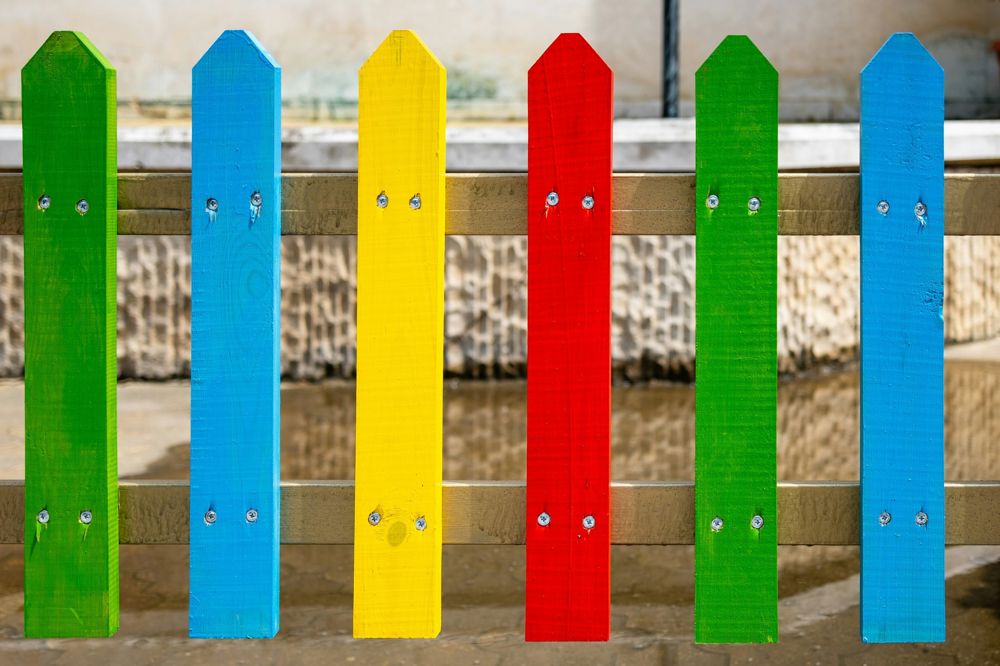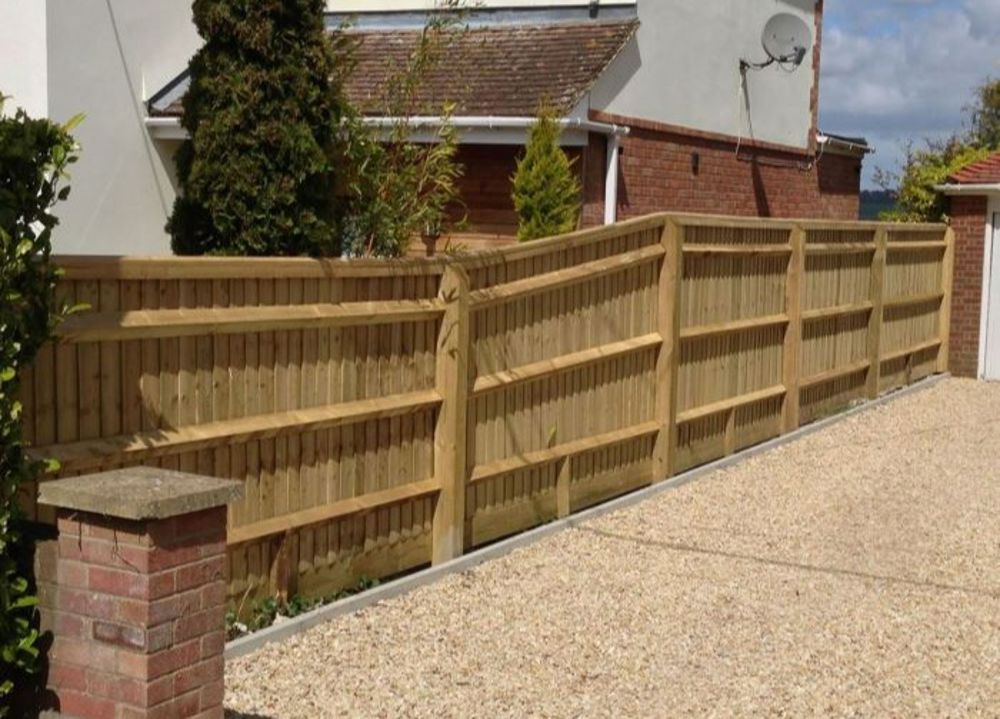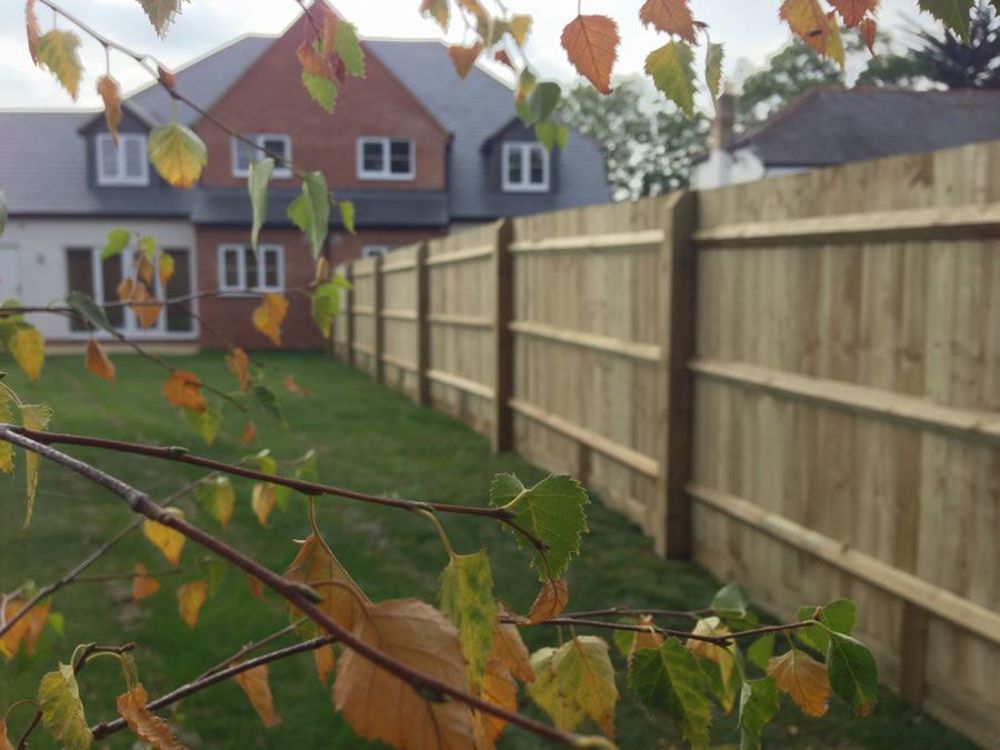Dog-proof fencing
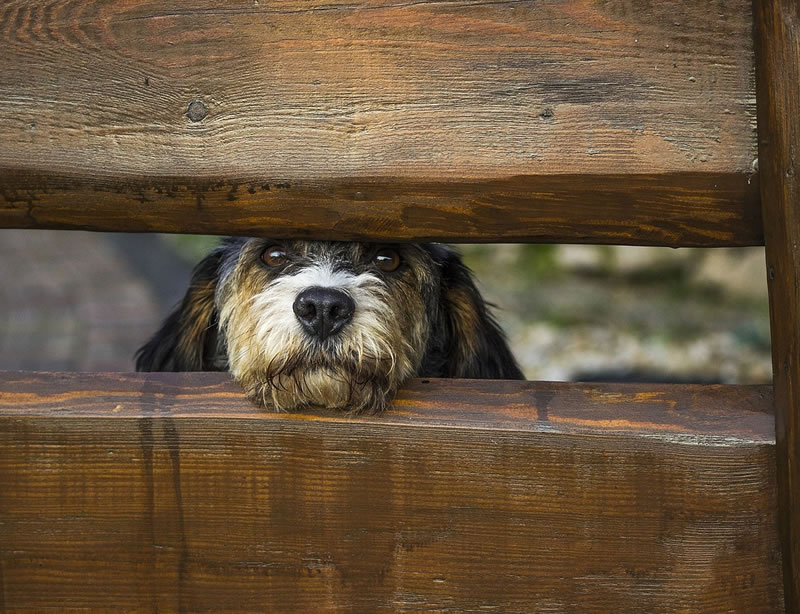
Whether you're trying to keep your own dog safely inside your garden, or someone else's dog out, we'll advise you about the best type of dog-proof fencing, and install it to your specific needs.
If you need to create a dog-friendly (or dog-proof!) garden, you might be wondering:
- What's the best type of dog fence for your garden?
- How do you keep your dog safe in the garden?
- What height should a dog-proof fence be to stop them jumping out?
If so, we suggest you take these considerations into account when making your plans.
How to choose the best type of fencing for your dog
There are various factors to consider here.
Fencing that won’t harm your pet if they try to jump it
Keeping your dog safe is just as important as keeping them in the garden, so barbed wire is obviously not a suitable type of fencing for dogs. Fences with sharp or pointed palings could also cause serious injury. Unless your dog is quite small, picket fencing could fall into this category.
The breed and size of your dog
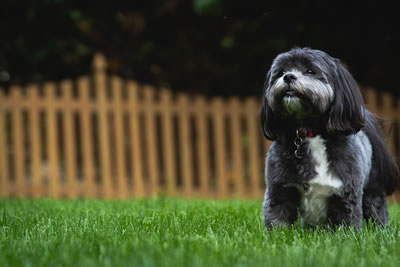 The height of a dog-proof fence should be determined by the breed and size of your dog. Some breeds, such as Collies, Retrievers and German Shepherds are natural jumpers, and have been known to jump up to six feet over a fence; others can only jump a few inches off the ground. Young dogs and dogs with longer legs are also likely escapee candidates.
The height of a dog-proof fence should be determined by the breed and size of your dog. Some breeds, such as Collies, Retrievers and German Shepherds are natural jumpers, and have been known to jump up to six feet over a fence; others can only jump a few inches off the ground. Young dogs and dogs with longer legs are also likely escapee candidates.
As a general rule of thumb, a six-foot fence should be adequate to deter most dog breeds, but a lower fence may be perfectly adequate if your dog can’t jump very high.
How do I keep my dog from escaping the garden?
While dogs can’t “climb” in the true sense, most dogs can scrabble over obstacles to some extent. Even smaller dogs are quite capable of finding a way over a fence if you give them options!
Remove escape aids
Your canine Houdini can use bins, garden furniture and piles of firewood, low-hanging branches or other convenient props as stepping stones, so make sure you move anything that could aid an escape further away from the fence.
Determined diggers
If your dog’s preferred method is to tunnel under rather than leaping over a fence, consider putting chicken wire along the fence-line below ground (with the sharp edges facing away). You could also place large rocks along the base of the fence or lay chain-link fencing on the ground to deter them from digging.
Restrict the view
The grass is always greener on the other side…at least, that’s how your dog might see it. Fences that allow your pet to see what’s happening on the other side could provide the incentive they need to get out and investigate.
If you want to restrict your dog’s view, close board fencing and larch lap panels are completely closed, which might dampen their wanderlust. Louvre panels and slatted fence panels will also allow very limited visibility.
Install double gates
Dogs can be nifty opportunists. If your dog likes to make a break for freedom as soon as you open the garden gate, consider installing a second gate a few feet inside the first. This gives you a chance to catch a would-be absconder before they get too far. View our Gates page for style inspiration.
Keeping your dog – and the public – safe
Dog-proofing your garden is the responsible course of action for any owner; a loose dog can result in tragic consequences, not least of which can include road traffic accidents or fights with other dogs. Dog owners can also be held accountable for damaged property or injuries caused to the public, so plan ahead to keep your hound safely at home.
Get in touch with Trentwood Fencing for helpful, no obligation advice about creating a dog-friendly garden.
Call 01865 863428 or 07900 938061, or email info@trentwoodfencing.co.uk.



